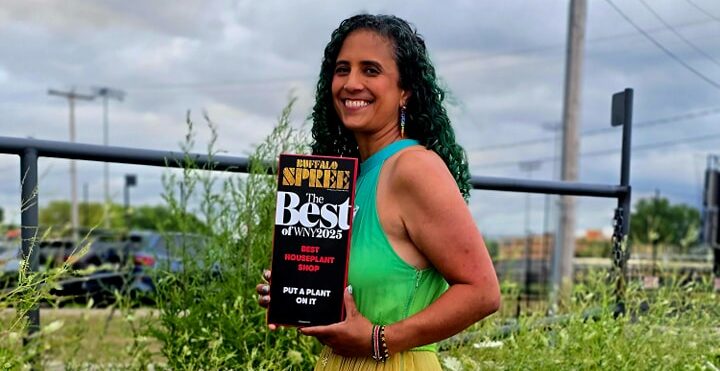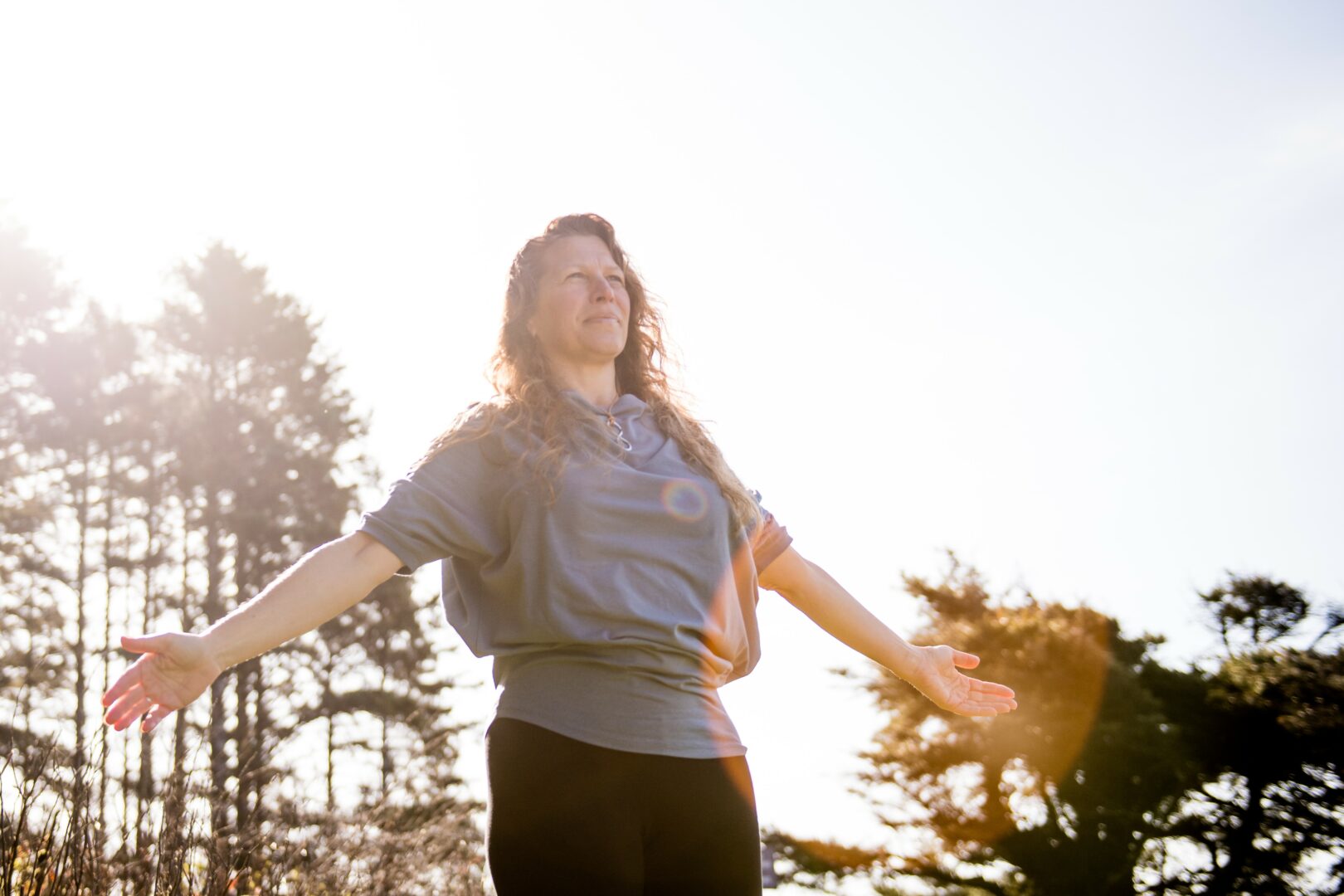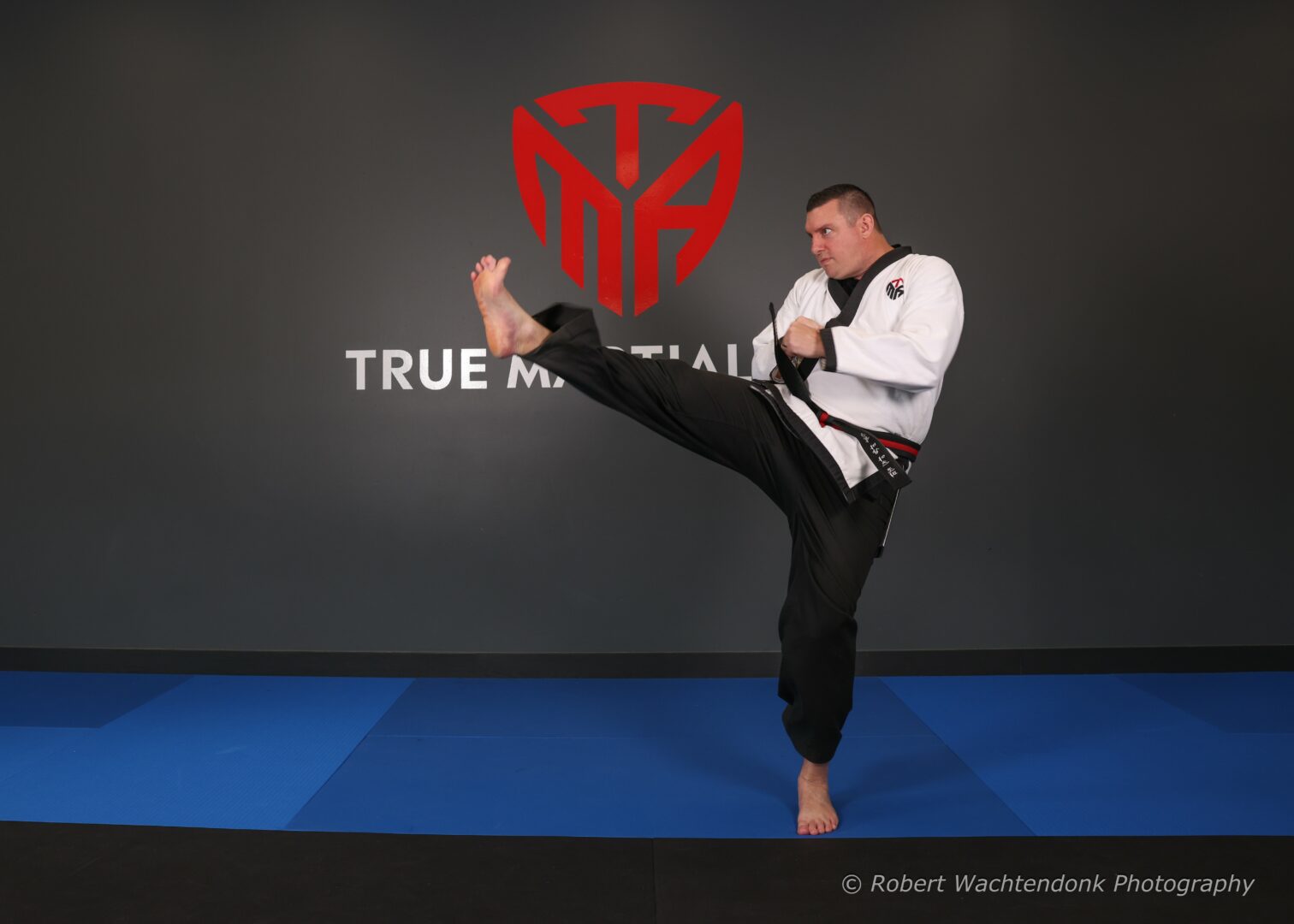We were lucky to catch up with Mary Jhun recently and have shared our conversation below.
Mary, appreciate you making time for us and sharing your wisdom with the community. So many of us go through similar pain points throughout our journeys and so hearing about how others overcame obstacles can be helpful. One of those struggles is keeping creativity alive despite all the stresses, challenges and problems we might be dealing with. How do you keep your creativity alive?
Honestly, I’m quite obsessive about my time and how I spend it. Creating, or simply spending time making something out of nothing has always made me feel more present about my days than anything really, except maybe eating a truly delicious meal. But with that obsession comes this numbness towards feeling bad about missing out on social events, and instead, i spend a lot of my time asking myself how I can comment on a random feeling about what happened that day, or I’ll look around and get inspired by colors or subjects around me and get excited to comment on that via paintings. It really is just about commenting on my observations, I just use paints to jot my thoughts down. After a while, when I started to rely on my creativity to document my day, it became integrated with who I am as a person, and I just feel that theres is too many things happening around me and my mind that I should be jotting all of these observations down. It’s a map of my brain, and that excites me!
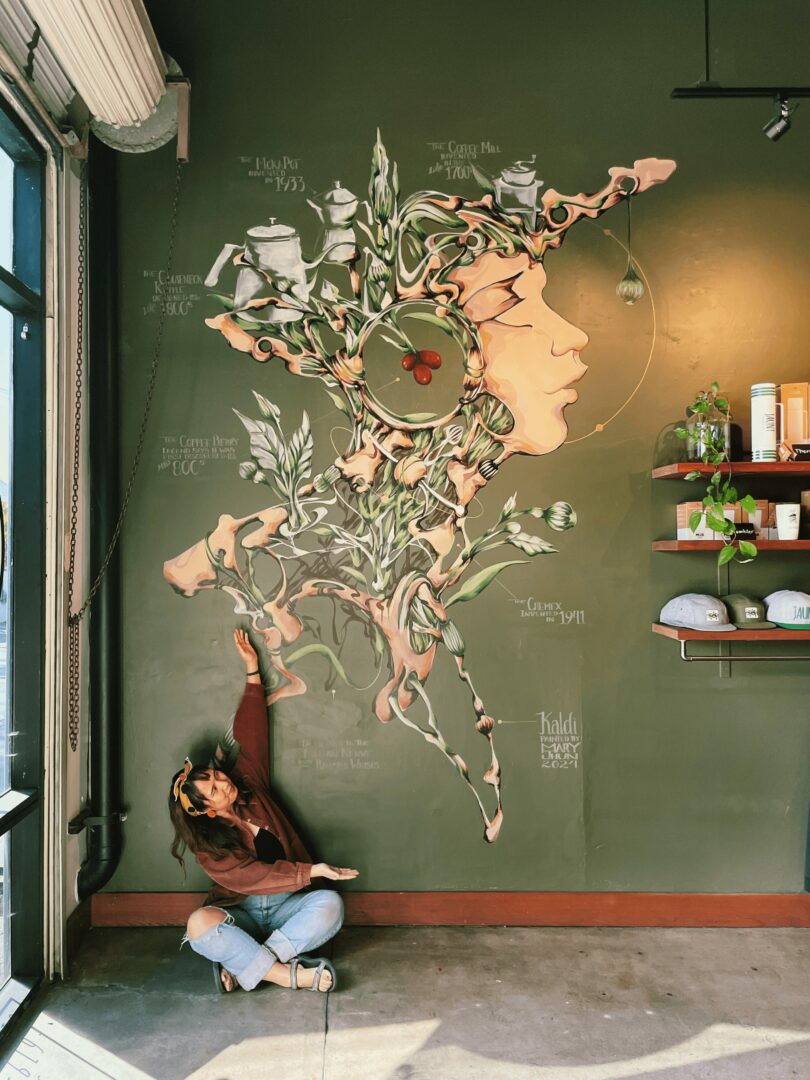
Great, so let’s take a few minutes and cover your story. What should folks know about you and what you do?
I was born in Cavite, Philippines in 1989 and moved to the States in the mid-‘90s. My struggle with English and making friends as a kid was what pushed my need to draw when she was in elementary school. I gave a drawing of a bird to a boy when I was eight and he became my friend without me saying a word. That was when I knew I wanted to use art first and foremost as my voice.
The girls and beings that constantly carry the stories in my work throughout the years act as a vase to all her memories and the stories of others. A result of a 18+ years of obsession of coping traumatic experiences, the girls have been the main focus of my documentation of surviving everyday life, past and present. Inter locking our psychology to biology of plants & architecture, I create stories through our deeper emotions. The girls represent an inner self, one that is culminated of many alternate versions of what is or can be. Most days, Most people call them the girls, however, they represent more so a feeling, a timeframe, and a product of a certain reaction.
I grew up as an Autodidact, advocating for self-education. Leaving Art School at the end of my college years, I began my path in becoming a surrealist artist. I became well versed in Surrealist Automatism, a method of art working directly from the subconscious without a planned approach. I refer to my work as “emotional self portraits of a day remembered” for that the method allows the pieces to be thumbprints of haunting memories that delve into the beauty of life, death, and the journey in between.
Currently, my works are found inside my public studio in Escondido, CA. Murals and public pieces are also found through out the arts and cultural district in San Diego, Seattle, San Francisco, and Arizona.
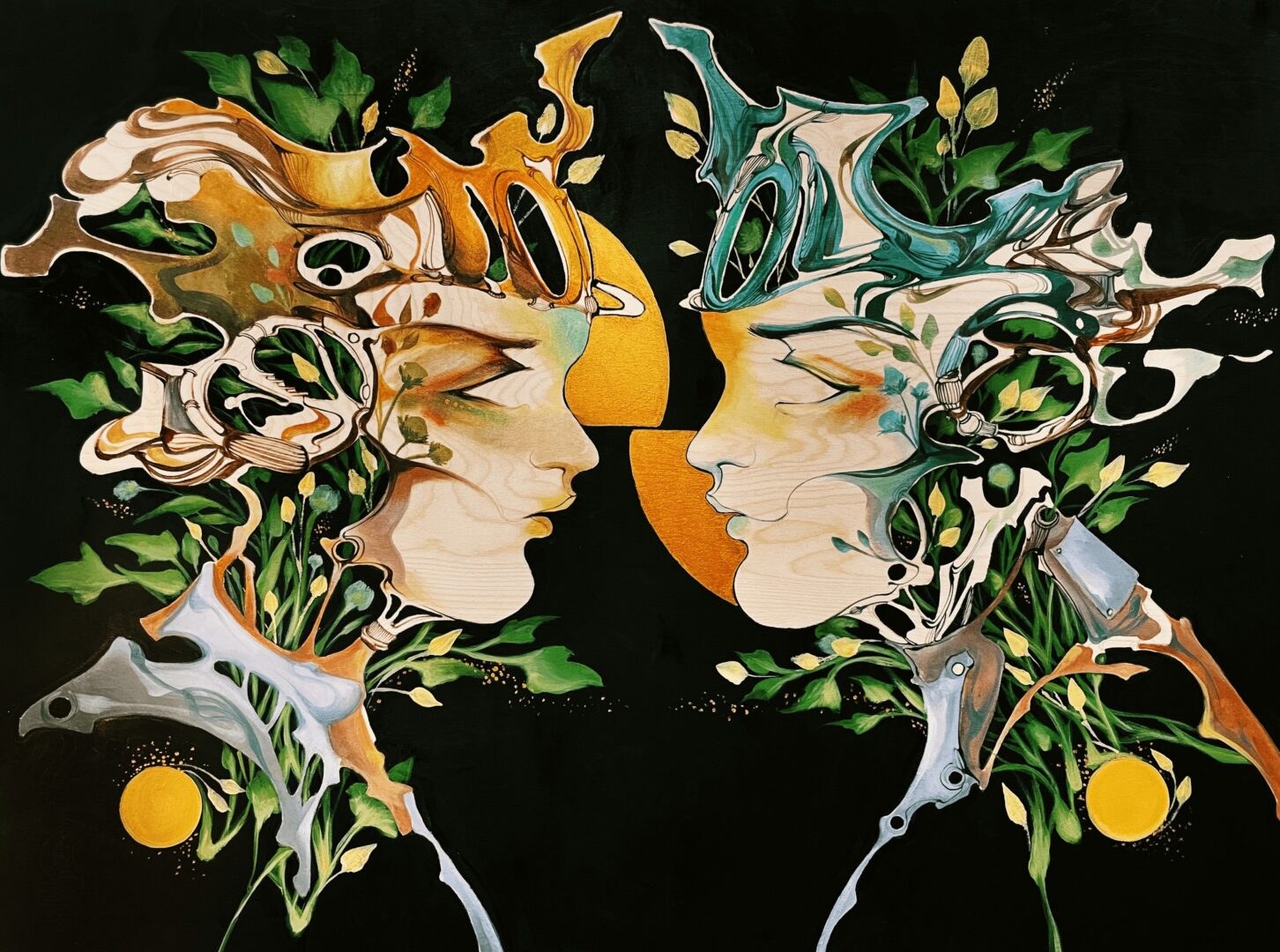
If you had to pick three qualities that are most important to develop, which three would you say matter most?
Three of the most important things I’ve learned in the past 10 years of being a public studio artist was 1: Communication 2: Discipline & 3: Trust
Communication is so important as an artists because not everyone communicates in color, so learning different types of language of expression is the kindest thing you can do for yourself and others when introducing them to art, or the art world. I honestly despise artists who choose not to explain their work or have the ability to speak to someone who may not understand their pieces. I think patience and communication is so important if we want to convince more people to be a part of our world through our artwork.
Discipline is the most important when it comes to logistics. Being a planner of your days, keeping your daily promises to do or touch your art or creativity, and making time for it consistently is an important tool. Life so easily steals our attention, so having the discipline to stay focused is key. Art is hard enough to commit to, that discipline in showing up for prep, sketch, or just idea jotting is such a good habit to have. Keeping that muscle trained is key, so that when your mind is ready to unload on a new canvas or surface, you’re not doing extra work internally to convince yourself to create.
Trust involves you and your relationship to art, personally. It’s understanding what art means to you, to trust it to be there for you even during hard times, not just the successful times. Trust revolves around committing to the crafts, trusting the process of both hardships and achievements, and trusting that art is an important part of preserving life.
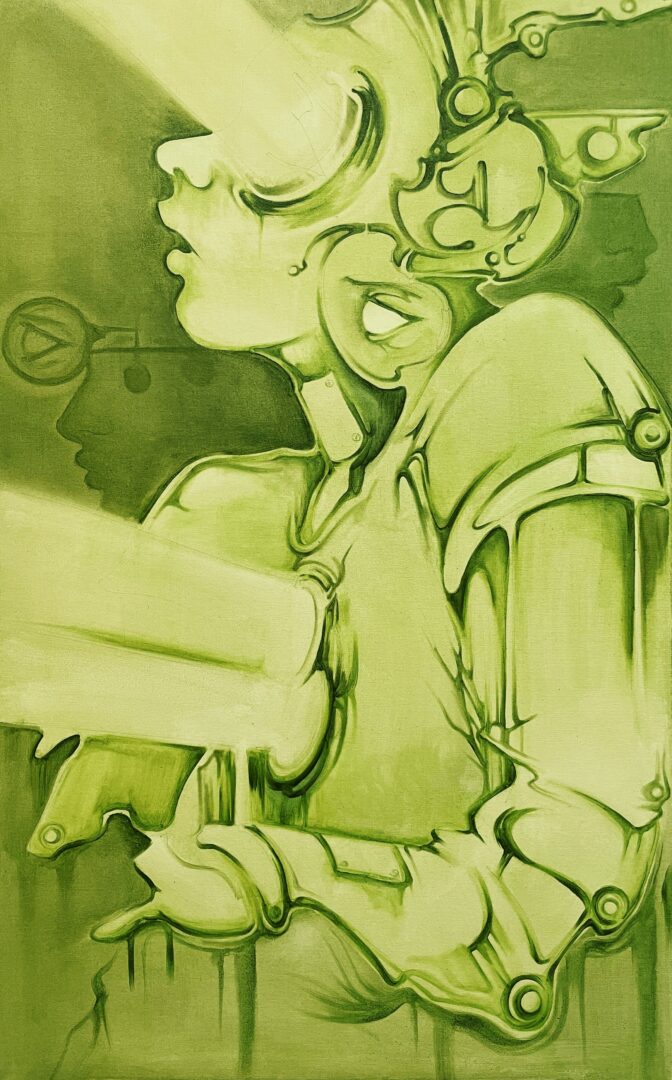
Thanks so much for sharing all these insights with us today. Before we go, is there a book that’s played in important role in your development?
MY ultimate guide to my artistic life has always been Leonardo Da Vinci’s Diary anthology of observations and The Art Spirit by Robert Henri.
Leonardo Da Vinci’s observations was the one that changed my life through his simple enjoyment of jotting down what he saw, how he felt about what he saw, and what he presumed the object would do or could do just by one minute of observing. He taught me to be curious and to never take objects as they are, and to look at all sides of something to see the beauty in what something is. It also taught me, as a surrealist, to look at my observations and bend them to share a different reality thats truer to me than what is.
Robert Henri’s The Art Spirit helped me understand the internal relationship I wanted to have with making art, and not conforming to the educational part of the arts. It taught me to think for myself in regards to my art direction, and truly following my love of creating, whatever it may be.
Contact Info:
- Website: https://Maryjhun.com
- Instagram: @maryjhunart
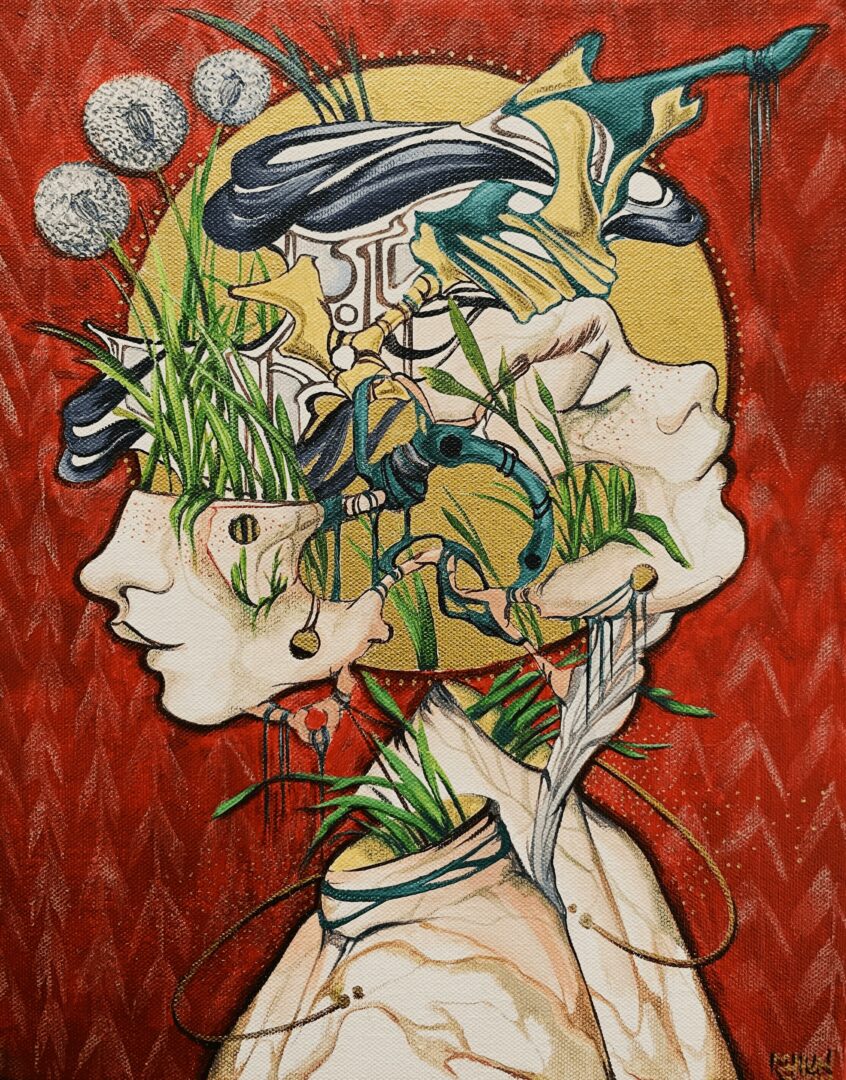
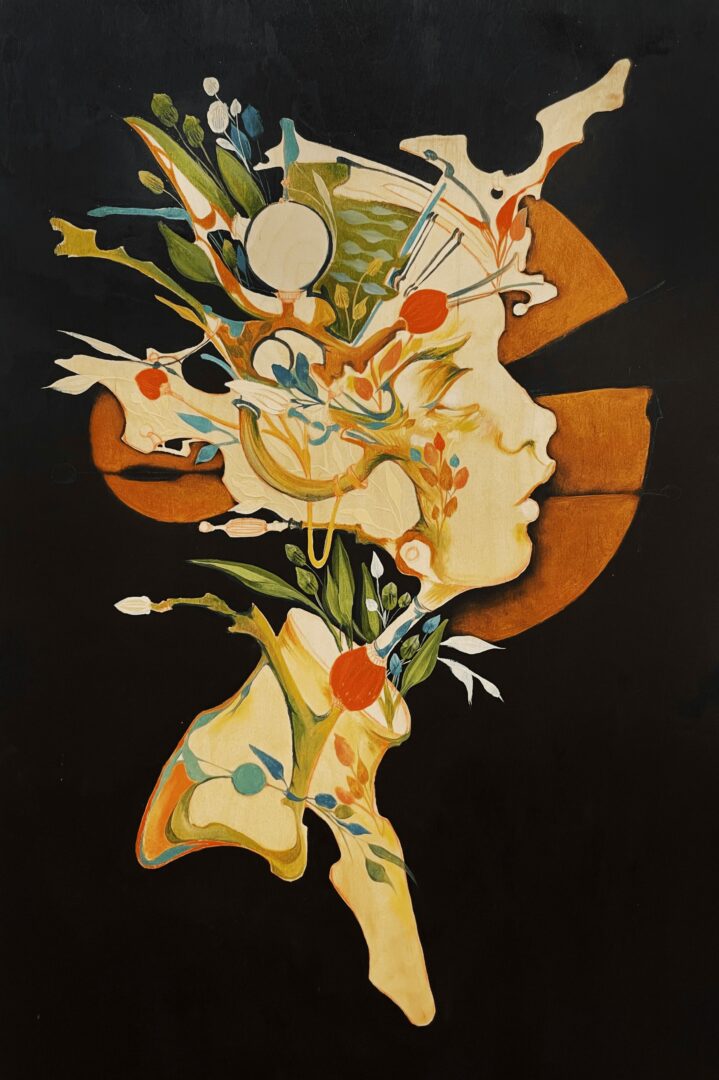
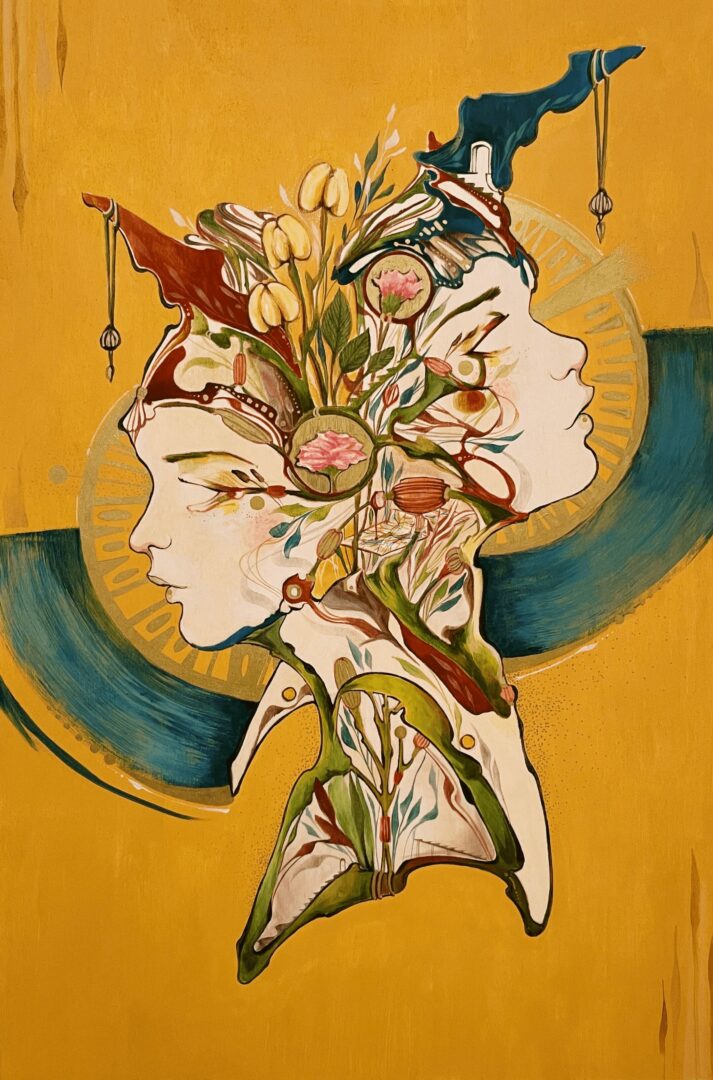
so if you or someone you know deserves recognition please let us know here.


